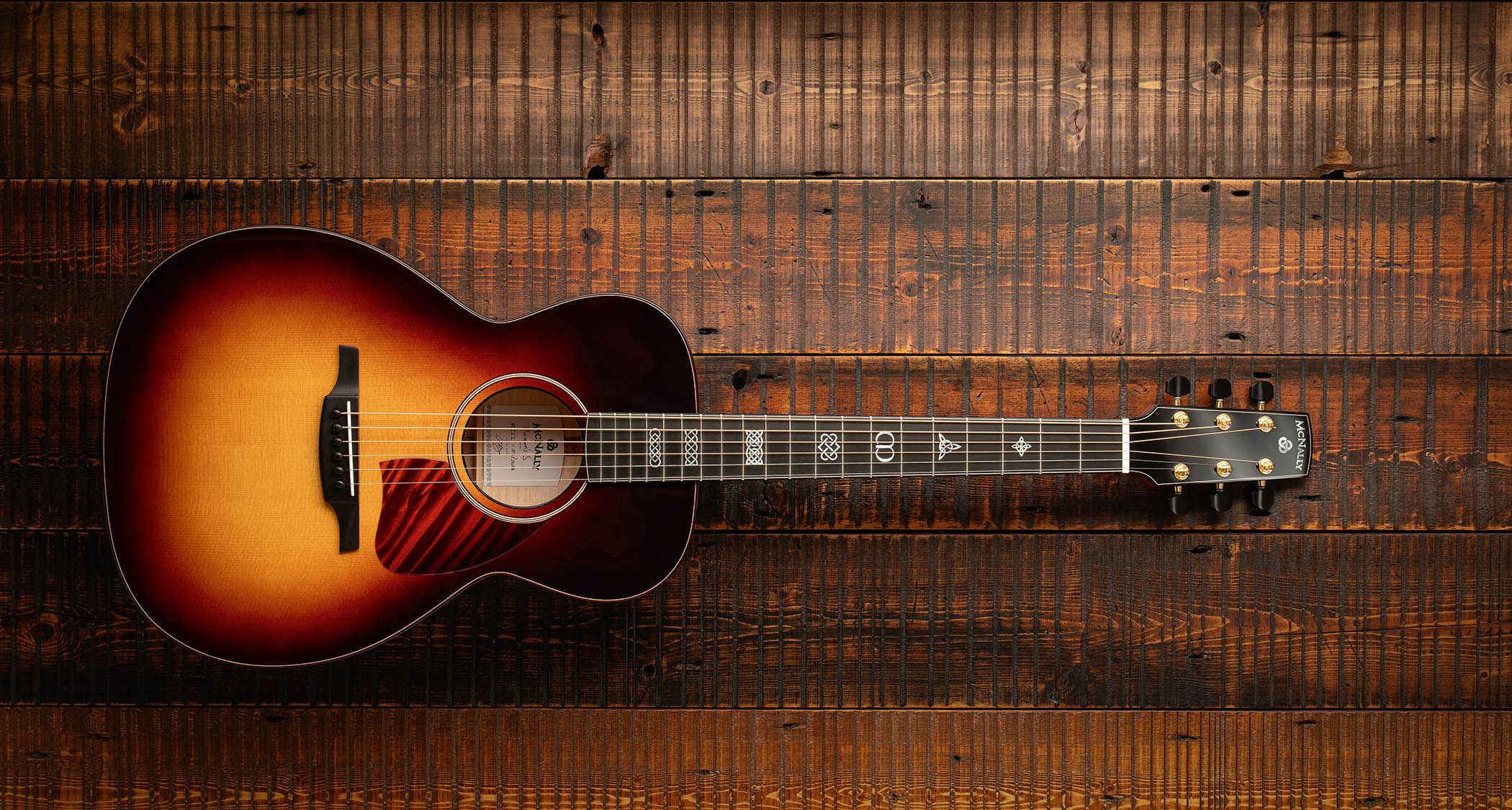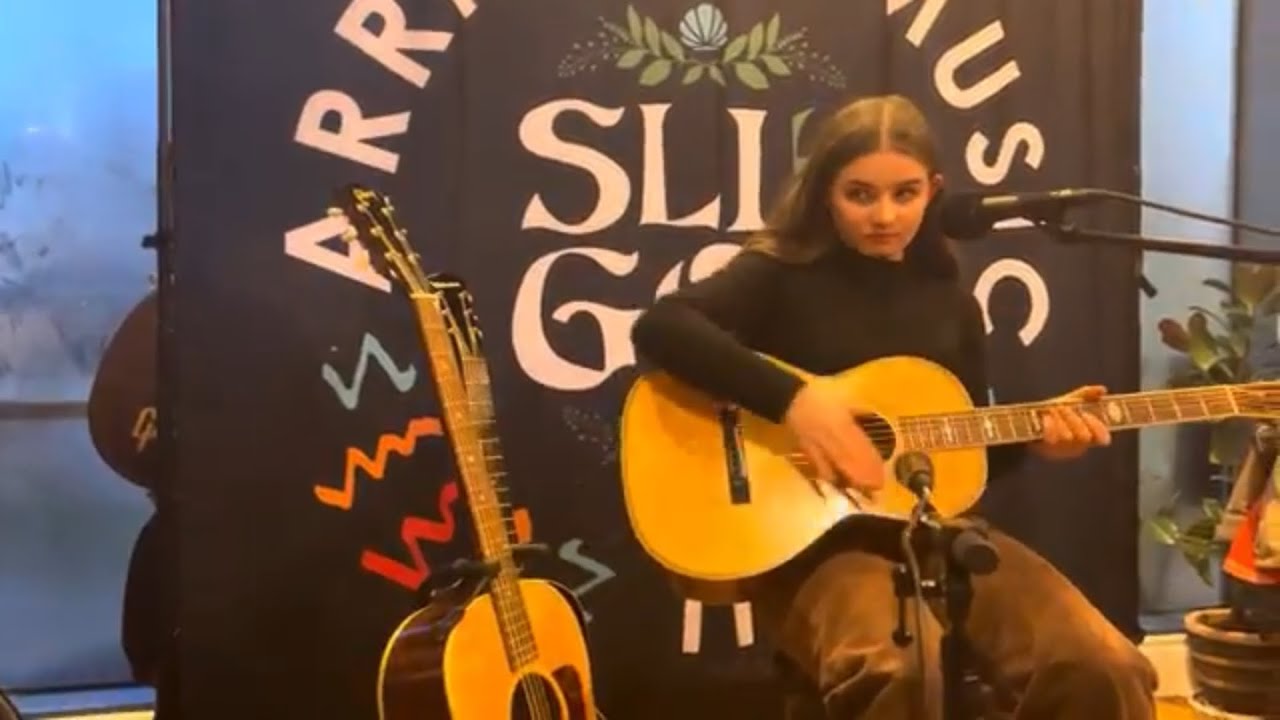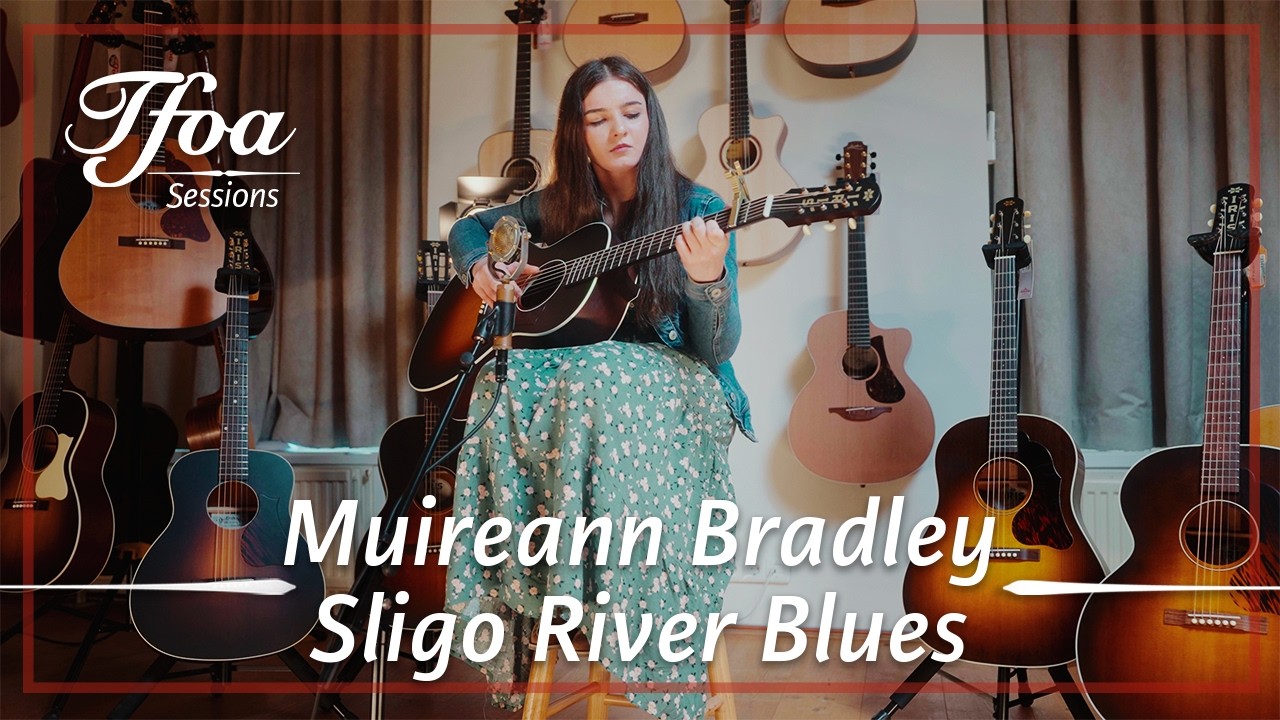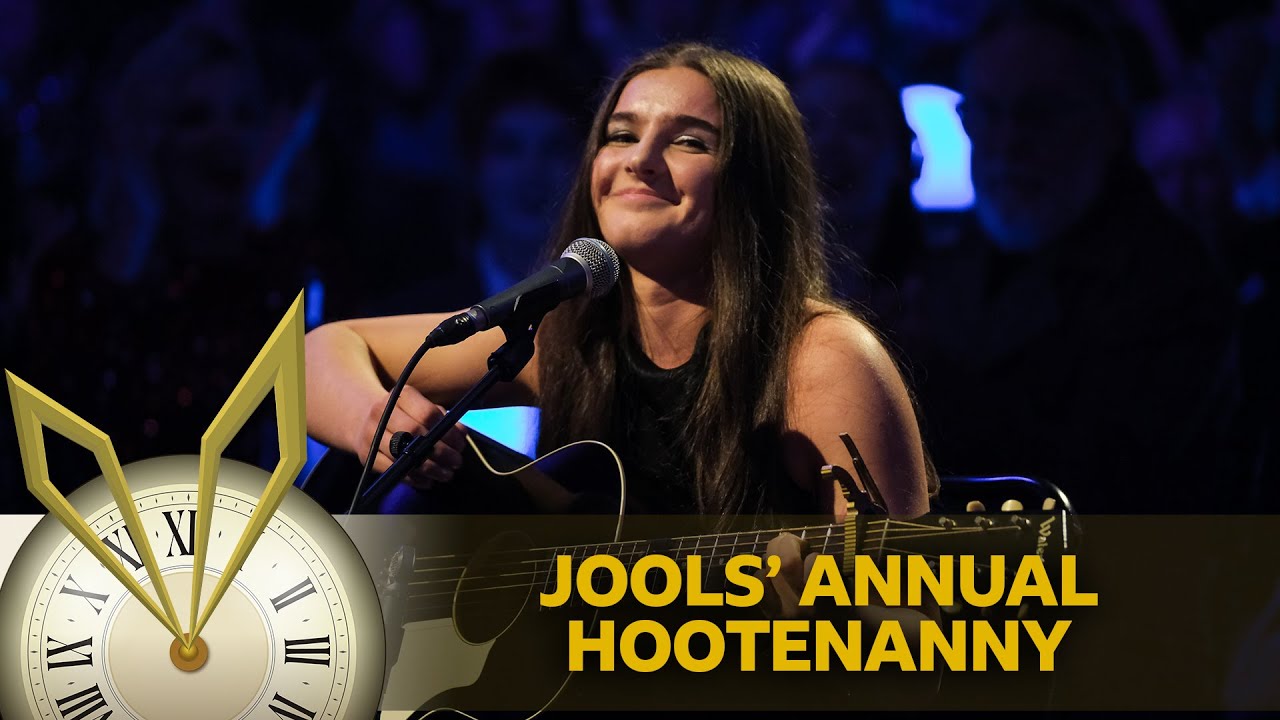With an ultra-clean fingerpicking technique and a vocal delivery that straddles Irish folk and Americana, Muireann Bradley first came to prominence via YouTube when she was 13 years old, gaining thousands of views for her versions of the blues standards Vestapol and Blind Blake’s Police Dog Blues.
Her subsequent independent album, I Kept These Old Bluesgained her even more attention, particularly from the producers of Jools Holland’s annual Hootenannywho booked her to appear on the show in 2023. Remarkably, she handled playing on live TV like an absolute pro, even though she’d only played a handful of local gigs beforehand.
Now that her album is being remastered and released on a major label and her tour schedule is positively bustling, she looks back on a time when martial arts very nearly eclipsed her love of blues guitar.
When did you start playing?
“Well, I started playing when I was nine years old. My dad got me my first guitar for my ninth birthday and when he first started me on lessons, he was teaching me fingerpicking straight away because that’s what I wanted to learn.
“I’d grown up seeing him playing the old fingerstyle country blues guitar and Americana-style stuff and ragtime as well. And that’s what I wanted to learn because I grew up hearing all the old CDs, like Blind Lemon Jefferson and Blind Blake, and all that kind of thing. So he started off teaching me fingerpicking straight away.
“I played for about a year and a half maybe, and I got to a certain stage, I got pretty good, I suppose, and then I started training in boxing and jiu-jitsu. When I was about 10 or 11, I got very into that. So I kind of put the guitar up for a wee while, and I was training (in jiu-jitsu) for about three or four years.”

What was it that took you back to the guitar?
“Lockdown hit when I was about 13, so I couldn’t train any more for about two years pretty much because I was stuck at home. So I decided to pick the guitar up and start playing again – I was bored and I needed something to do with myself. I went back to my dad and said, ‘Can you start teaching me again?’ I just wanted to learn properly from him. I mean, why wouldn’t I when I’ve got a teacher like that?
“I learned Vestapol when I was younger, and then during lockdown I learned to play Blind Blake’s Police Dog Blues. And I decided, just for fun, to put it up on YouTube – for no reason at all, really. But when we did that, it got quite a lot of attention, a lot more than we’d expected. I put up Vestapol as well shortly after that, when I’d learned it fully, and it got a lot of attention, too. So that’s how things started for me.”
What attracted you to the country blues style?
“Well, I have two siblings as well and they would have grown up hearing the same kind of music, but they never took it. I suppose I just connected with it; I really loved listening to it. I don’t really have a reason, I just really love it.”
Did you learn these tunes exclusively from your dad or did you start doing your own research into the style?
“At first, my dad taught me the songs himself, and through his teaching I became independent and able to learn (songs) from the records myself. I would slow them down to hear exactly the notes that they were playing. So I just learned them from the records, pretty much. I don’t read tabs or anything, I don’t read music; I learned by ear.”

Who are your favorite players from that era?
“Blind Blake is one of my favorites. I really love Reverend Gary Davis as well. He played in the 30s as well, but he became famous in the 1960s. And I really love Mississippi John Hurt – and Memphis Minnie, I love her as well, she’s very good. A few of my favorites are by Lemon Jefferson, too.”
What songs do you play in your live set?
“I do about a 90-minute set – maybe 75 minutes to 90 minutes, it depends. I play all the songs that are on my album (I Kept These Old Blues), but I’ve learned a couple of new ones as well. I originally learned Blind Blake’s That’ll Never Happen No More and I also play a Blind Lemon Jefferson song, Black Horse Blues. And I play a couple of instrumentals, such as a John Fahey song called Sligo River Blues.”

Right-hand fingerstyle technique is notoriously hard to master. When you’re playing, you rest a couple of right-hand fingers on the body of the guitar. Is this something you’ve been doing from the start?
“Yeah, my pinky and my ring finger. That’s just how my dad taught me. He taught me to rest my finger just there when I started learning. I started learning open tunings first because it was a bit easier for me – I was small and it was easier on my hands as there’s no big chords.
“We don’t really play big chords in open tunings very often. But when I started learning, I (practiced alternate bass with my thumb) for about a week till my thumb was kind of independent, until I was able to do that without thinking. After that, I think maybe I started adding in some melody notes. And so, over a long period of time, it all started to come together.”
You’ve brought a few acoustic guitars along with you today. Tell us about your Waterloo WL-S Deluxe T-Bar.
“It actually belongs to my dad. He got it before I even started playing, but (it’s) definitely one of my favorites – it’s got a really small body and I’m quite small, so it’s easier for me to play. It’s a 12-fret so it’s got a short scale and it was easier for me to learn on this as well. It’s got a really nice neck on it – a kind of a V – and it sounds amazing as well.”
You use another Waterloo acoustic, too. What do you use this one for?
“This is another Waterloo (a WL-14 X). It’s one of my favorite guitars as well. I have this one in open A tuning so I don’t have to (retune on stage). It’s got a pretty similar V neck (to the WL-S). It’s got a wee bit bigger body and all, but it’s pretty similar.”
And the third guitar you have with you on this tour…
“This is an Iris (a custom-built MS-00). It’s a really good guitar. It’s got a pretty strong V neck and, again, a small enough body…”

We hear that you have another guitar at home that’s really rather special?
“Yeah, I have a guitar that’s made by Ciaran McNally. I don’t like taking it away with me because it’s kind of precious. It’s a custom-made guitar and I got to design the inlays in the neck. It’s a very pretty guitar. I suppose it’s definitely one of my favorites. It sounds amazing as well.”
I play Vestapol and I play Police Dog Blues, they’re both in open E tuning. Well, they’re actually in open D, but I capo the guitar up to open E, so it’s easier for me to sing
Do you play in many open tunings?
“Well, mainly I just play in standard tuning, but I do play a couple of songs in open tunings. I play Vestapol and I play Police Dog Bluesthey’re both in open E tuning. Well, they’re actually in open D, but I (capo) the guitar up to open E, so it’s easier for me to sing. And I play Frankie and When The Levee Breaks in open A tuning. And then (I do) the same thing for that: it’s usually played in open G, but I tune it up to open A so it’s easier for me to sing because I don’t have a very deep voice.
“I do a couple of songs in drop D. I started learning in open tunings, but when I went to standard tuning that was actually harder for me. I’m probably more used to standard tuning now, but I don’t really have much trouble playing in an open-tuning style.”

How did your appearance on Jools Holland’s Hootenanny come about?
“My album was actually being released just before the Hootenanny and my dad had the idea to ask the record label to get in contact with people and let them know that it’s gonna be out there. He got in contact with the producer of the Hootenanny and the Later… show as well. Not to get on the show, just to kind of let them know my album’s gonna be out there.
I’d never been on television before, of course. It was a really big jump. Before that I’d only played three or four gigs – small gigs
“And when he did that, it turned out (the producer) had already bought my album and everything came together after that. They had an idea to do a thing like Seasick Steve did a few years ago – a little acoustic recording after the big band, after midnight. An acoustic act, bring the lights down, something like that.
“I’d never been on television before, of course. It was a really big jump. Before that I’d only played three or four gigs – small gigs – and, like, just in my home town, pretty much, in Ireland. So I wasn’t used to that at all. I was very nervous to go on and be in a big studio. It was crazy!”
After all the success you’ve seen since then, what’s next for you?
“Well, at the minute I’m on tour, getting myself out there. I am trying to get new songs in my repertoire. I’m preparing to record a new album as well. But I’m not too pushed to record one very soon. But there will be another one, maybe later this year.”
GIPHY App Key not set. Please check settings